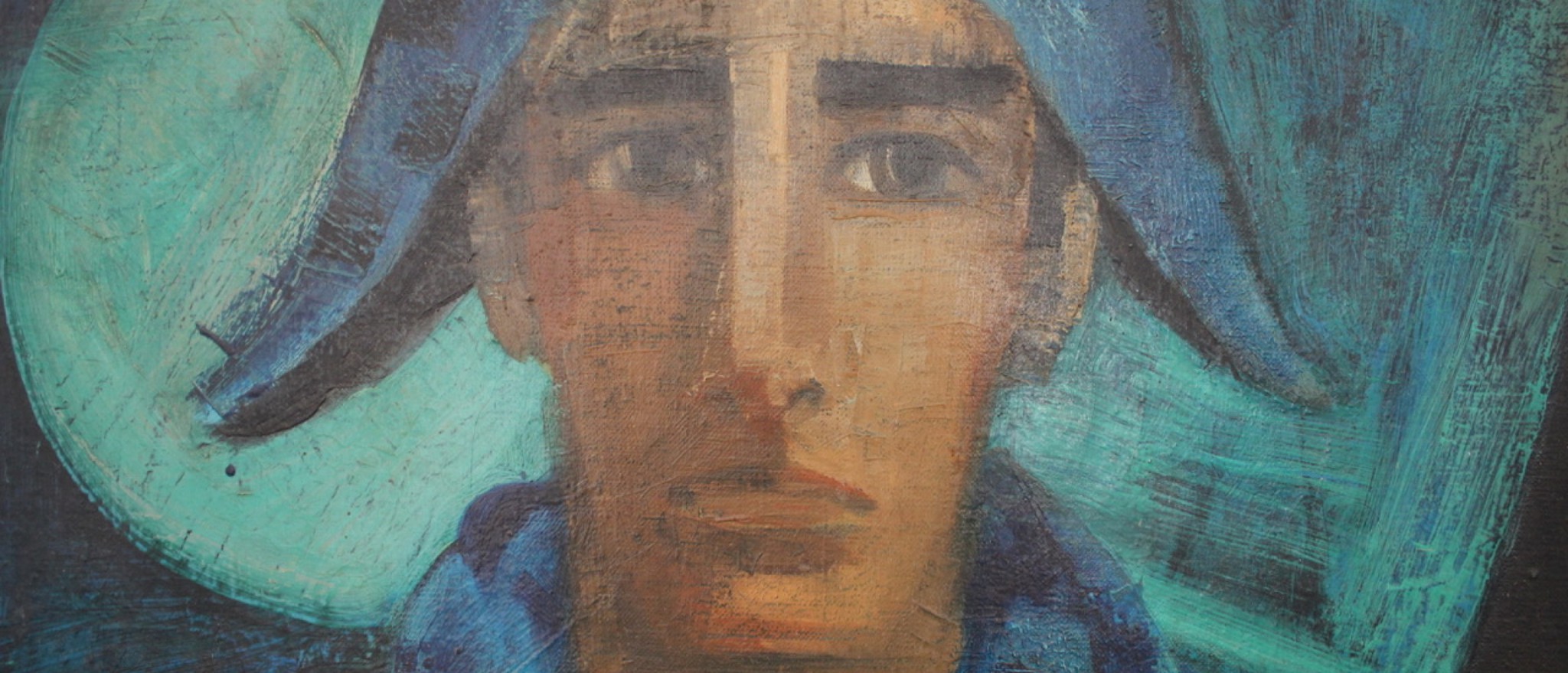A very stylish set of four, circa 1950s Spanish chairs by Spanish architect and designer Antoni de Moragas i Gallisà , recently reupholstered in a white linen wit contrast green buttons. To compare to the same chair model in the Museum of Design.
https://cataleg.museudeldisseny.cat/fitxa/madb/H586021/
He was the nephew of the
modernist architect
Antoni Maria Gallissà . He studied at the
Higher Technical School of Architecture of Barcelona , where he graduated in 1941. [ 1 ] His training was not only limited to the technical aspects of architecture, but, at all times, had an important humanistic and a great cultural concern; Thus, in 1951, he appears as the winner of the first prize in the contest of ideas to solve the housing problem in Barcelona, between the members and founders of the so – called
Group R . [ 1 ] From the latter and together with colleagues like
Joaquim Gili ,
Oriol Bohigas ,
José Antonio Coderch or
Josep Maria Sostres , Moragas began the task of reviving a modern language that had been stopped by the war. From this moment on he developed an intense activity of cultural promotion and modernization that led him to organize series of conferences, of which
Alvar Aalto ,
Nikolaus Pevsner and
Gio Ponti were invited , and to promote, as a founding member and first president, the Industrial Design Association, created in 1960 within the
Promotion of Decorative Arts (FAD), of which he was president from 1968 until his death. [ 1 ]
In a study on
Finnish architecture published in 1959, Moragas made a true apology for the Scandinavian position against the
International Style , taking an interest in the planning and structure of the city as a representative of the more
expressionist extremeand organic, and making, as a creator, a constant exercise in transforming craftsmanship into design. Throughout his career he was the recipient of numerous awards and held different official positions. In addition to those already mentioned, he was secretary of the Official College of Architects of Catalonia (1955-1964), member of the International Council of Societies of Industrial Design (1966-1972) and member of the Board of Museums of Barcelona (1980). Regarding his distinctions, the second prize in the project competition for the headquarters of the Official College of Architects of Catalonia (1957), the FAD Medal (1966), the Plaque of President of Merit of that institution (1983) deserve to be highlighted. and the
Cross of Sant Jordi (1985). In 1982 he entered the
Royal Catalan Academy of Fine Arts of San Jorge . [ 1 ]
Among his works the following stand out: the Minerva (1943), Fémina (1950-1952) and
Liceo (1957-1959) cinemas in Barcelona; [ 2 ] the Hotel Park in the same city (1950-1954); [ 3 ] the parish church of San Jaime de
Badalona (1957-1958); [ 4 ] and different residential houses in the city (building on Avenida Vallcarca 125, 1953; [ 5 ] building on Calle Sant Antoni Maria Claret 318-332, 1957; [ 6 ] on Calle Comte Borrell 205-213, 1958; [ 6 ] that of Padilla Street 323-329, 1959-1963;[ 7 ] the house of the Bulls, 1960-1962; [ 8 ] the Ronda de Sant Pau building 42-44, 1962; [ 7 ] that of Avenida Meridiana 302-312, 1965; [ 9 ] the housing complex of
Via Augusta128-132, 1966-1968; [ 10 ] and the building at 340 Vizcaya Street, 1969-1970). [ 7 ] For the sculptor
Josep Maria Subirachs hebuilt his house-workshop on the Sant Cugat 34 road in Barcelona (1961). [ 11 ]He also intervened with other architects in the interior decoration of the new headquarters of the Official College of Architects of Catalonia and the Balearic Islands in Plaza Nueva in Barcelona (1958-1962). [ 12 ] In most of these works he worked in association with
Francesc de Riba i Salas .
In his work, mainly in residential buildings, he synthesizes international trends with indigenous tradition, placing special emphasis on functionality and design – which is denoted in the finishes – and with a rational and expressive use of materials, close to
brutalism . In general, it uses concrete in the structure, brick in the enclosures, ceramic in certain ornamental-type coatings, iron in the construction elements and wood in certain finishes closer to the user. It also takes care of all the design elements, such as railings, furniture, lamps, door handles and even gardens. All of this gives it an easily identifiable distinctive seal compared to the work of other architects. [ 6 ]
He also made some forays into industrial design, such as his Elemental Lamp (1957) or the Moving Ladder (1957).
Moragas stood between
rationalism and
organicism . Defender of industrialization over craftsmanship, he considered that “crafts had died to give way to design”, and that “the craftsman modeled guided by his instinct, while the designer plans by reason” ( Quaderns , 1961).























